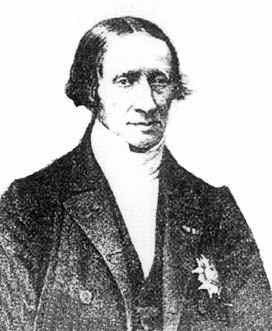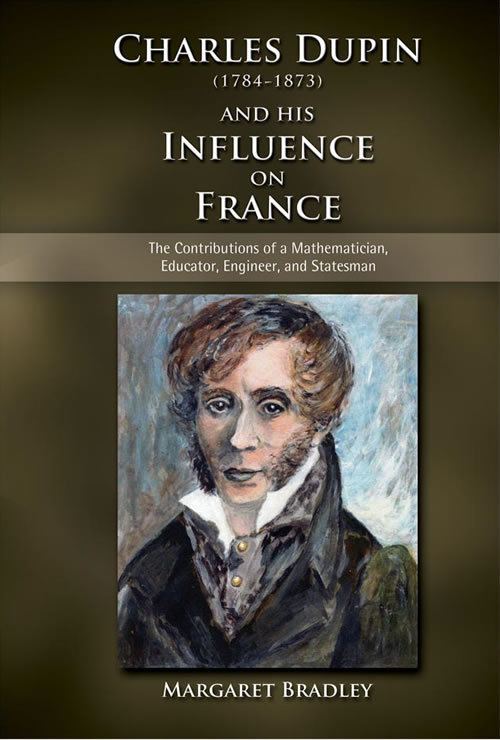Education Ecole Polytechnique Parents Charles-Andre Dupin | Role Mathematician Name Charles Dupin | |
 | ||
Born 6 October 1784Varzy, France ( 1784-10-06 ) Fields | ||
V q l charles dupin
Baron Pierre Charles François Dupin (6 October 1784, Varzy, Nièvre – 18 January 1873, Paris, France) was a French Catholic mathematician, engineer, economist and politician, particularly known for work in the field of mathematics, where the Dupin cyclide and Dupin indicatrix are named after him; and for his work in the field of statistical and thematic mapping, In 1826 he created the earliest known choropleth map.
Contents
- V q l charles dupin
- Choropleth Map and its drawing Sanjib Mandal SanGeotics
- Life and work
- Selected publications
- References

Choropleth Map and its drawing | Sanjib Mandal | SanGeotics
Life and work
He was born in Varzy in France, the son of Charles Andre Dupin, a lawyer, and Catherine Agnes Dupin.
He studied geometry with Monge at the École Polytechnique and then became a naval engineer (ENSTA). From 1807 he was responsible for the restoration of the damaged port and arsenal at Corfu. In 1813 he founded the Toulon Maritime Museum.
In 1819 he was appointed professor at the Conservatoire des Arts et Métiers; he kept this post until 1854. In 1822, he was elected a foreign member of the Royal Swedish Academy of Sciences.
In 1808, he participated in the Greek science revival by teaching mathematics and mechanics lessons in Corfu. One of his students was Giovanni Carandino, who would go on to be the founder of the Greek Mathematics School in the 1820s.
In 1826 he published a thematic map showing the distribution of illiteracy in France, using shadings (from black to white), the first known instance of what is called a choropleth map today. Duplin had been inspired by the work of the German statisticians Georg Hassel and August Friedrich Wilhelm Crome.
In addition, he had a political career and was appointed to the Senate in 1852. His mathematical work was in descriptive and differential geometry. He was the discoverer of conjugate tangents to a point on a surface and of the Dupin indicatrix.
